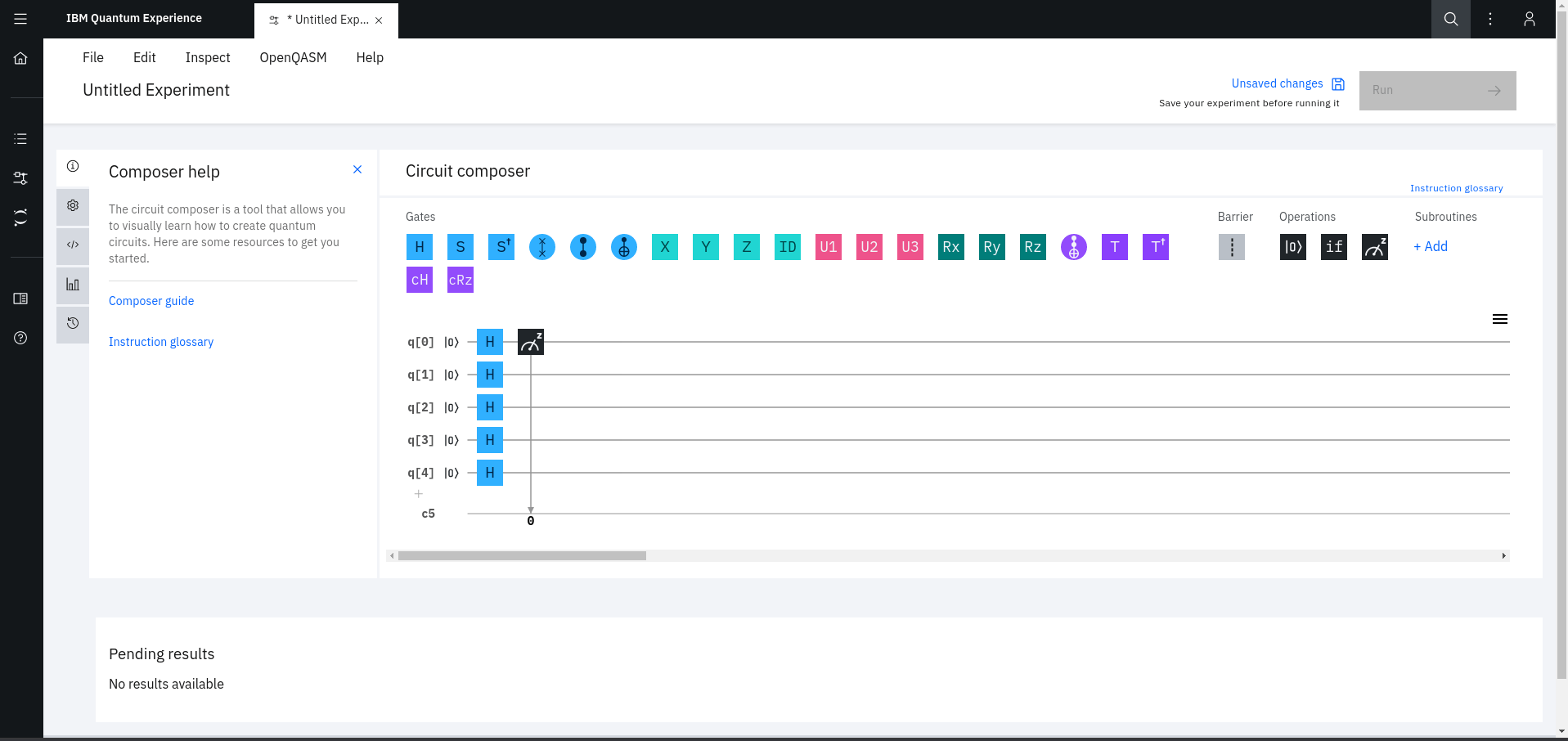Please note: This article contains affiliate links.
As IBM reaches its fourth birthday of Quantum Experience, it has decided to create a Quantum Challenge to get more people interested in Quantum Computing. As any parent knows those early years are crucial and IBM is no longer a toddler. The four-day worldwide initiative commemorates the fourth anniversary of quantum on the cloud.
The IBM Quantum challenge
The challenge starts on the 4th of May and you can visit the signup page here. It comprises challenges over four days and you can earn badges for your participation.
💡 ➡ Sign up for the IBM Quantum Challenge 💡
Quantum Computing Education
IBM has a number of quantum evangelists as I like to call them. A previous article covered one of them loosely: Bob Sutor who has written a book, “Dancing with Qubits” which is a great introduction to Quantum Programming for many who want to get started in the field.

To have been offering Quantum Cloud computing for four years is quite an achievement. IBM was the first to allow the public to access qubits and a number of us at QZ saw this as the start of a mass exploration of the field. Before that time, the only way to get access was by being a member of a lab. IBM launched the first quantum computer that accessed over the cloud in May 2016 and since then we have seen interest in the field accelerate.
That first running your own Quantum Circuit could be the start of something amazing. It could even be the start of a new career. Either way, you can learn valuable new skills in base maths and how quantum logic gates can be assembled into creating quantum programs that can do everything from simply throw a random number to factorise a (small) number. For more books on Quantum Computing theory and programming, please check out our Quantum Books section.
For those who have never experienced running on Quantum Hardware, this is also one of those philosophical firsts, because if you are somewhat of a “Many Worlder” in the same frame as David Deutsch (Father of Quantum Computing), who advocates a Many Worlds Interpretation of Quantum Physics. That means performing computations on a Quantum device is akin to accessing resources from another world. I’ll let that sink in…If you want to learn more about the algorithms (Jozsa and Deutsch) that bear his name, I’ll let you check that out yourself.
We would like to invite you to celebrate the fourth anniversary of the IBM Quantum Experience with 4 quantum programming exercises to solve in 4 days.
IBM Quantum Experience 4 year anniversary
Quantum Platform Adoption
Whether you are already a member of the Quantum community, or this challenge is your first quantum experiment, there is a chance for IBM to get people onto its platform, which certainly has matured of the early days of just five qubits. IBM has made it as easy as possible to get running as quickly as possible and we at QZ look forward to participating in the challenges.
Learning more about Quantum Computing
The IBM challenge will employ the qiskit framework which is one of the larger open-source quantum frameworks out there and there are others such as cirq, pyquil and forest, but qiskit is one of the firm favourites and is used by many researchers – so you are in safe hands learning this framework which
To get on the Quantum Experience platform now, you can go here and experience it. If you want to read more on the frameworks, there is a free book or read Bob Sutor’s book (from IBM) which is a great introduction to the field of ➡ Quantum Programming. Some python knowledge would be helpful too as you can use python as the programming language to interact with Qiskit. There are plenty of free guides on Python around, but here is one ➡ FREE guide we like.

Qiskit champions being open and therefore offers a ➡ a textbook on Qiskit for zero cost, which is ideal if you have already some experience of Quantum Computing. IBM has also been on YouTube with their ➡ Qiskit YouTube channel which offers insight into building Quantum Circuits with Qiskit.
If you are familiar with using notebooks, you can use Python 3 jupyter notebooks to access quantum hardware and simulators on the IBM platforms.
You can also learn Quantum Computing via playing online games if reading one of the suggested books is not enough. ➡ Brilliant (QZ gets commission for purchases) has its own series on Quantum Computing.
So whats the use case for Quantum Computing?
Right now there are only a few Qubits available which means that some of the purported algorithms that give Quantum Computers an edge are difficult to achieve. But…don’t let that stop you. Companies ranging from Carmakers to Drugmakers and Pharmaceutical businesses are exploring how Quantum Computers might be useful in their business operations.

